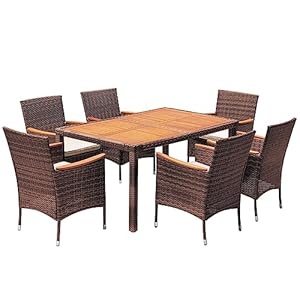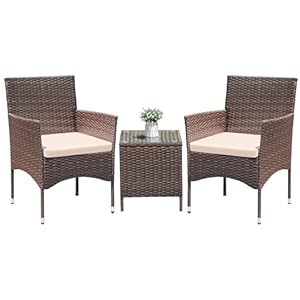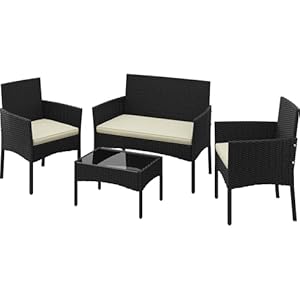
When it comes to designing your garden, mastering the art of mixing textures is like creating a symphony of visual interest. Picture the interplay of soft petals brushing against rough bark or the contrast of feathery leaves next to spiky succulents. These textural combinations evoke a harmonious balance that can transform your outdoor space into a dynamic and captivating oasis. But how do you achieve this delicate equilibrium of textures? Stay tuned to unravel the secrets behind crafting a sensory-rich garden that beckons you to explore further.
Importance of Texture Variety
To create visual interest and depth in your garden design, incorporate a rich variety of textures in your plant selection. Mixing textures is key to creating a dynamic and visually appealing landscape. By combining plants with different textures, such as smooth leaves next to spiky ones or delicate flowers near coarse foliage, you can add intrigue and complexity to your garden.
Including a range of textures not only enhances the aesthetic appeal but also stimulates other senses. Imagine running your hands through the velvety leaves of lamb’s ear or brushing past the rough bark of a tree; these tactile experiences add another dimension to your garden enjoyment.
Moreover, diverse textures can play with light and shadow, creating interesting patterns throughout the day. The way light interacts with glossy, matte, or fuzzy surfaces can transform the look of your garden, making it a delightful place to explore and relax. So, when planning your garden design, remember that texture variety is a powerful tool to elevate your outdoor space.
Choosing Complementary Textures
Enhance your garden’s visual appeal by strategically selecting plants with complementary textures that interact harmoniously. When choosing complementary textures for your garden, consider pairing fine-textured plants with coarser ones to create a balanced composition. For instance, delicate ferns can be paired with robust succulents to provide a visually interesting contrast. Mixing soft, velvety leaves with spiky or rough foliage adds depth and complexity to your garden design.
Incorporating a variety of textures can also help create focal points within your garden. Place plants with bold, large textures in prominent areas to draw the eye and create visual interest. Contrast smooth, glossy leaves with fuzzy or matte surfaces to add intrigue and dimension to your garden beds.
Additionally, consider the tactile experience of your garden. Incorporating plants with a range of textures invites visitors to interact with your garden on a sensory level. Texture can evoke feelings of tranquility, excitement, or curiosity, enhancing the overall experience of your outdoor space. By carefully selecting plants with complementary textures, you can create a harmonious and visually captivating garden design.
Incorporating Contrasting Elements
Introduce a subtle touch of drama to your garden by skillfully integrating contrasting elements in your plant selection. By combining plants with different textures, colors, and shapes, you can create a visually striking and dynamic landscape. Consider pairing smooth, glossy leaves with rough, textured foliage to add depth and interest to your garden beds. Mix bold, spiky plants like yuccas or agaves with delicate, feathery ferns for a harmonious contrast that draws the eye.
Incorporating contrasting elements extends beyond just plants. Integrate different hardscape materials like smooth stone pathways against rough-hewn wooden fences or metal sculptures amidst soft grassy areas. These juxtapositions create a sensory experience that engages both sight and touch, making your garden a captivating space to explore.
Practical Tips for Textural Harmony
Create a cohesive garden design by carefully balancing textures to achieve visual harmony and interest. Start by selecting a primary texture, such as rough stone or smooth grass, as the foundation for your design. Then, add complementary textures like soft foliage or delicate flowers to create contrast and depth. Consider the scale of textures – mix large leaves with fine, intricate patterns to add complexity without overwhelming the space.
When choosing plants, think about their textures throughout the seasons. Incorporate evergreen shrubs for year-round interest and mix in seasonal bloomers for variety. Don’t forget about hardscaping elements like pathways, walls, or decorative features – these can introduce different textures that tie the whole design together.
To maintain balance, avoid overcrowding textures in one area. Instead, distribute them evenly throughout the garden to create a harmonious flow. Lastly, don’t be afraid to experiment and make adjustments as needed to achieve the perfect textural harmony in your garden design.
Garden














